If you’re into woodworking as a hobbyist or a professional, you have undoubtedly toyed with the idea of investing in a thickness planer at some point. There are websites dedicated to furniture built out of nothing but palette wood, and in the age of DIY furniture building, small planers have grown in popularity. To have perfectly smooth wood, and the ability to have uniform thickness is incredibly appealing for a variety of uses. Planers have a wide range of cost making it confusing to shop for. There are models that range from under five hundred dollars to thousands. The smaller models that fall into the lower end of that range are known as lunchbox style or benchtop planers. While their price point makes them appealing, they have a reputation for causing “snipe”. Since I recently reviewed this Ridgid model, I thought I’d share some tips on how to overcome the common planer plague users see no matter which planer they own. Let’s jump right into How to Reduce Planer Snipe.
How to Reduce Planer Snipe Introduction
So first, let’s talk about what snipe is. Essentially snipe is an area of a board that too much material is removed, usually at the beginning and end of the board. This is incredibly common, no matter what brand or style of planer you use. Some have more of a tendency to create it though, and while it is common it can cause real issues when trying to maintain a certain thickness. In my experience, the first 4 inches or so, and the last four inches or so are affected the most.
Why snipe really happens is interesting. When a board is inserted into the Planer, there are two rollers, one on each side of the cutter head. The cutter head holds the actual blades that smooth the wood and rotates over it. In the beginning and at the end of a board there is only one pressure roller on it which causes the board to meet the cutter head at a slight angle. In doing so, often times the additional material is removed even when that isn’t desired. There are tons of ways to correct or reduce this obstacle of Planers, so let’s review a few.
How to Reduce Planer Snipe Tips
First things first- read the manual. So many times we skip over details that make a significant difference in how a tool can perform by simply not reading through the documentation that goes along with the tool. I am incredibly guilty of this, so you’re not alone. A few of the smaller details, like in this Ridgid model is that you shouldn’t plane wood pieces smaller than 14 inches. Each Planer operates a bit different, so it’s always useful to really review the material to be sure nothing gets overlooked. If you choose to plane wood outside the manufacturer’s guidelines, of course, you should be extra aware of the risks.
Support is a big one. When researching planers, I saw large support wings that were built around the planer, much like someone would build an outfeed support on a table saw. If you have the space for this, then absolutely do this, especially if you regularly plane longer boards. The issue to me is that the idea behind a planer like this is that it is portable. In the manual, it states to provide support for boards over 24 inches. While I know it is easier said than done, even simple support (like a piece of 4X4 or two 2X4 pieces) clamped on each side of the planer tables can offer some assistance. The best solution, of course, is to build this planer into a workbench with full supports on each side, but don’t underestimate a simple solution when you want to keep the planer portable.
The Planer is portable, which of course means it can be moved about. While that’s one of the huge benefits of this style of a planer, it does eliminate some stability. You can easily increase the stability by bolting the planer to a surface. I have several workbenches that have various holes drilled just for this purpose and to allow quick removal when needed too. The Planer is a heavy tool at just shy of 80 pounds. No matter the weight, vibrations still exist and every small reduction can make a huge difference. If you don’t have the ability to attach it to the table it is on, a few clamps can make a big difference too.
The infeed and outfeed support on this model are metal, but ensuring that the inner table is level with them is important. Ridgid included adjustable bolts to correct issues when needed. Very little adjustments needed to be made out of the box on this model. If the tables are unlevel though, it could cause major issues so it’s important to note. I have seen some people have success with slightly angling the infeed and outfeed boards up in reducing snipe. The idea behind it is that the boards would come in at a slight downward angle and have less snipe due to how the board hits the cutter-head initially. I tried this, and while it did reduce the front end snipe, it didn’t reduce the back end snipe as much. For longer boards, I saw more benefit than for shorter ones. For this particular planer though, I think some of the other measures were more consistently effective.
One of the most important things to any blade based tool working well besides the quality of the blade is proper lubrication. This isn’t new information by any means but is something commonly looked over. Table saws are commonly waxed to allow for a smooth pass over the table and against the fence. This is doubly important with the planer as the easier the wood slides over the metal table, the smoother it goes under the cutter. Paste Wax is the best I have found, as well as inexpensive.
Now, let’s say you’re still getting excessive snipe and the other adjustments just haven’t made a huge difference. Well, my first thought would be to adjust the settings you’re using. When it becomes a problem, I have found that taking smaller amounts of material off at a time and slowly increasing the depth to be incredibly effective. Its rare a single pass will give you ideal depth even with ideal conditions. Generally, I run a board through at least twice, and that alone will eliminate the bulk of the snipe I see. I know we always want to maximize efficiency, but I really think that ensuring your end quality is the most important. Planers work quickly, so this shouldn’t add a ton of time to your process. Slow and steady can really win this race.
My last resort advice is to plane the boards before your final cuts. I wouldn’t go this route unless every other measure has failed because waste is never good. This can help as you would remove the sniped area when cutting it to final specs. While this as some waste, its all an issue of priority. A few other things I have seen as potential correctors to the dreaded snipe is pushing one board in directly after another. This does improve the snipe some, but not as much as just ensuring the planer is properly configured. There are even jigs people have designed to make snipe less of an issue, although, with my corrections, I haven’t felt I needed it.
How to Reduce Planer Snipe Conclusion
Ultimately, like everything with tools, it’s important to really learn a tool. Read the manual, do the research, and invest as much of your time into optimizing the tool as the money spent. What works for some people may not work for others, which is why it’s always good to factor in that different applications and work settings will largely impact what your take on a tool is.
Be sure to check out the full review on the Ridgid Planer. It is available at The Home Depot Model #R4331 for $369.00. In short, this planer is an amazing tool. My one regret is that I wish I had owned it sooner! All in all, I hope these tips and tricks are helpful to you. By no means are these the only ways to reduce snipe, just ones I tested and found the most impactful. If you have tips and tricks, feel free to share them in the comments below! We would love to hear from you about your experience with thickness planers as well. As always, be sure to use #TIAcrew for all your projects so we can see what you are up to too!



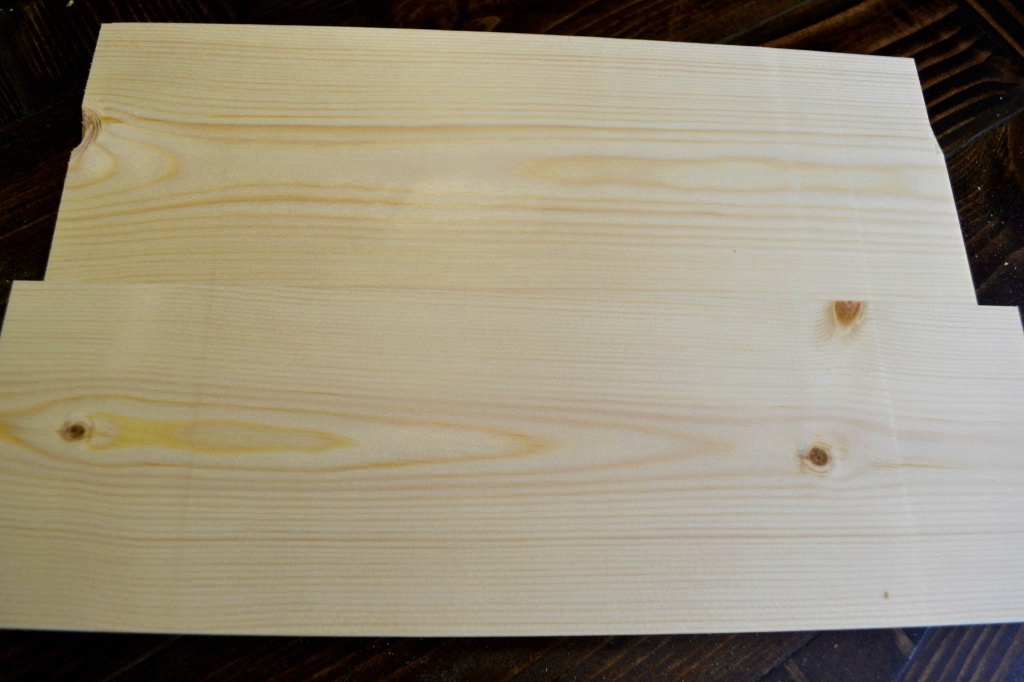
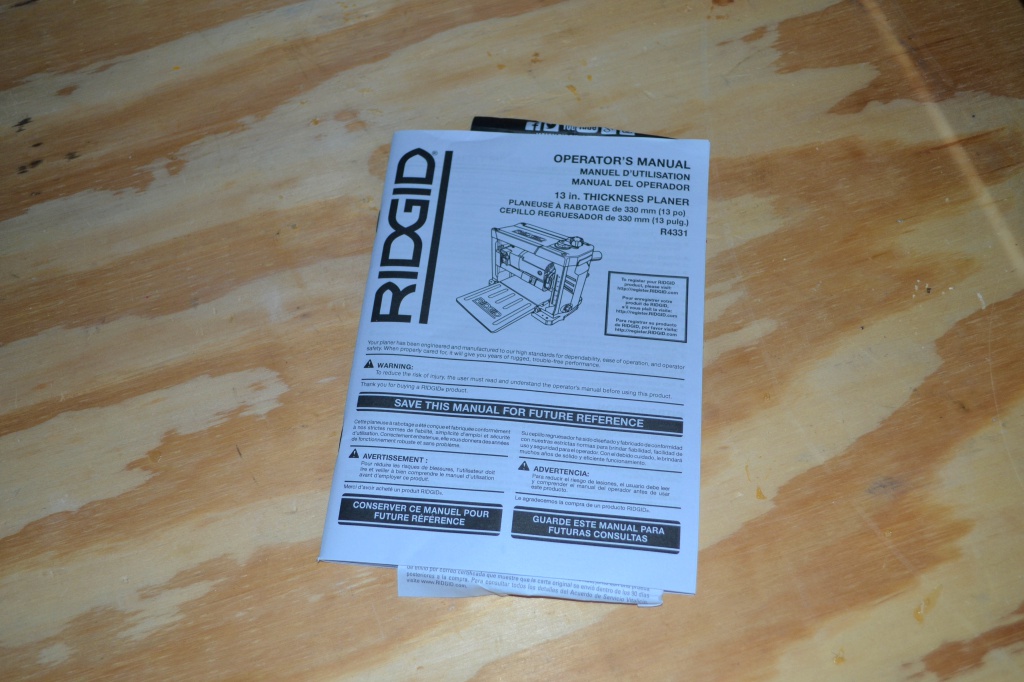
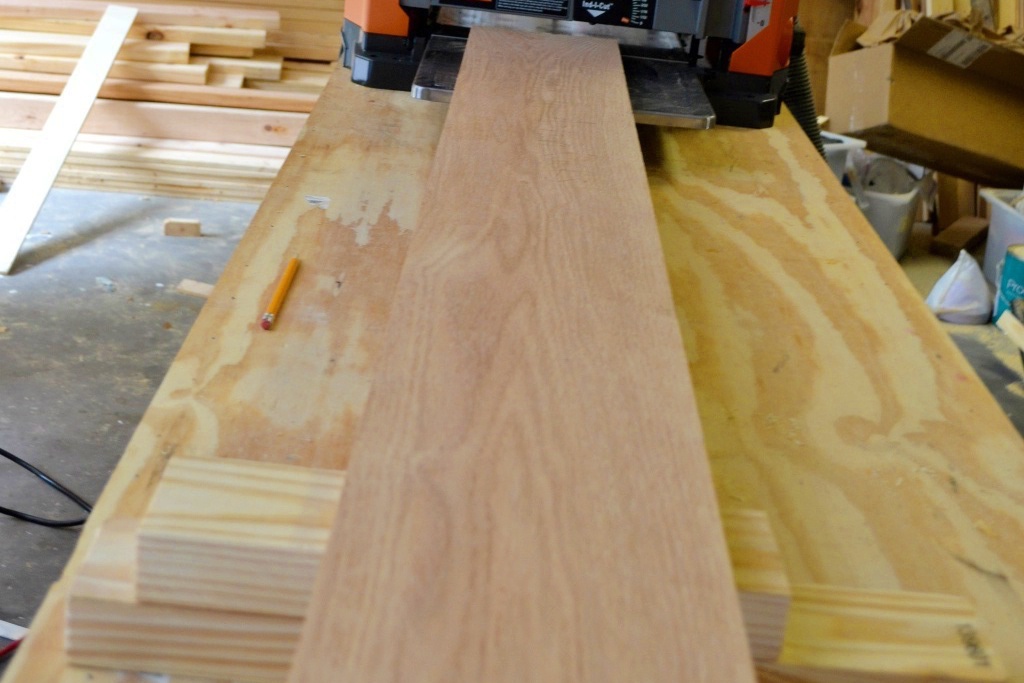
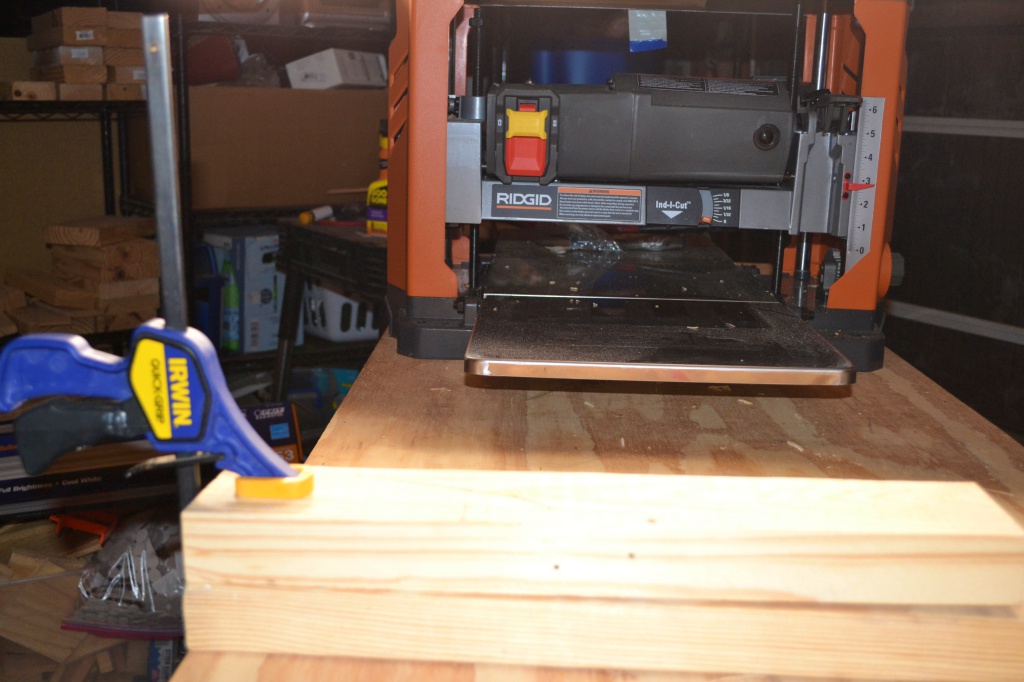


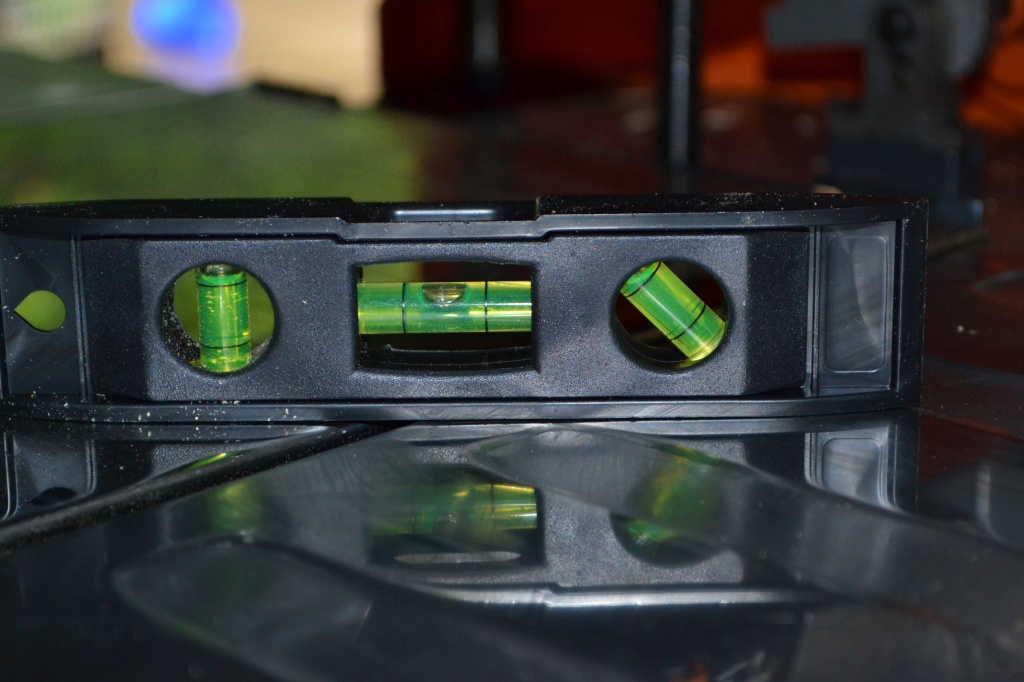
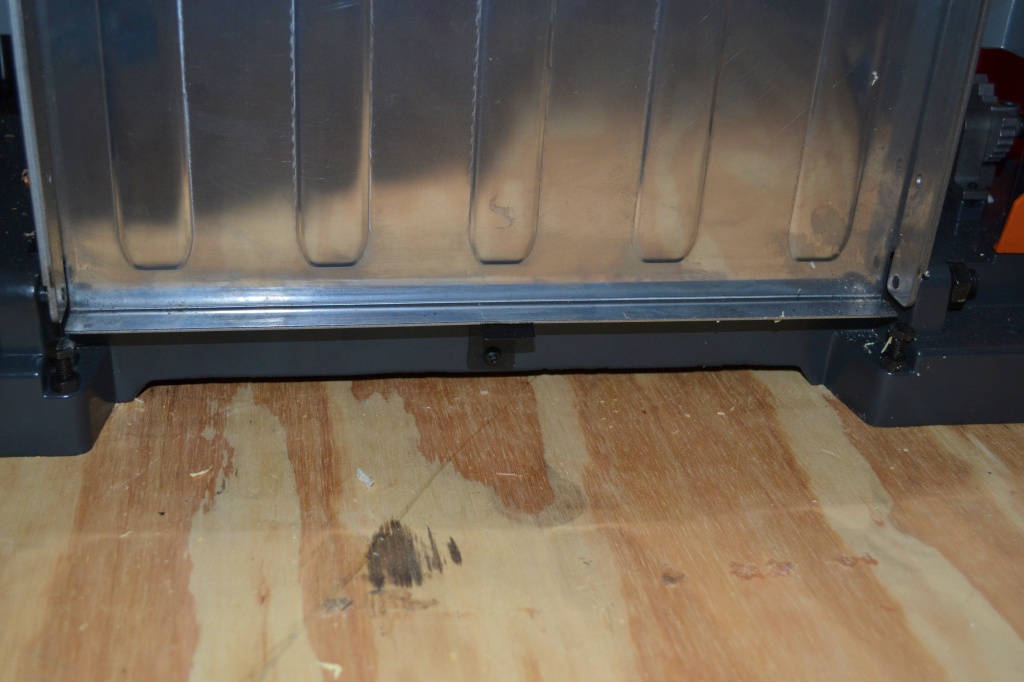

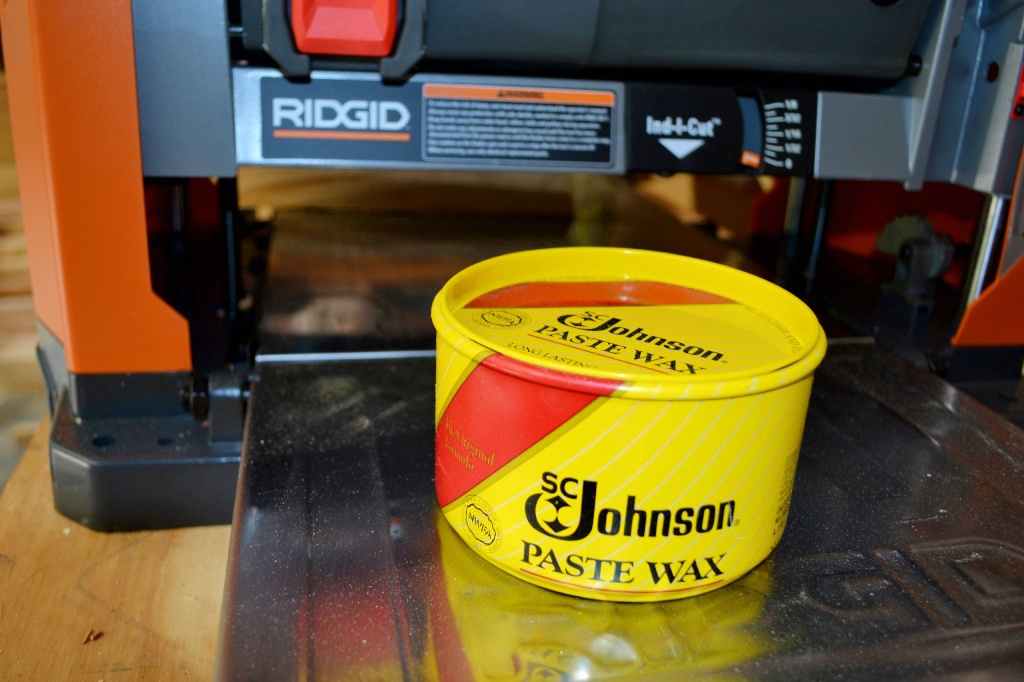
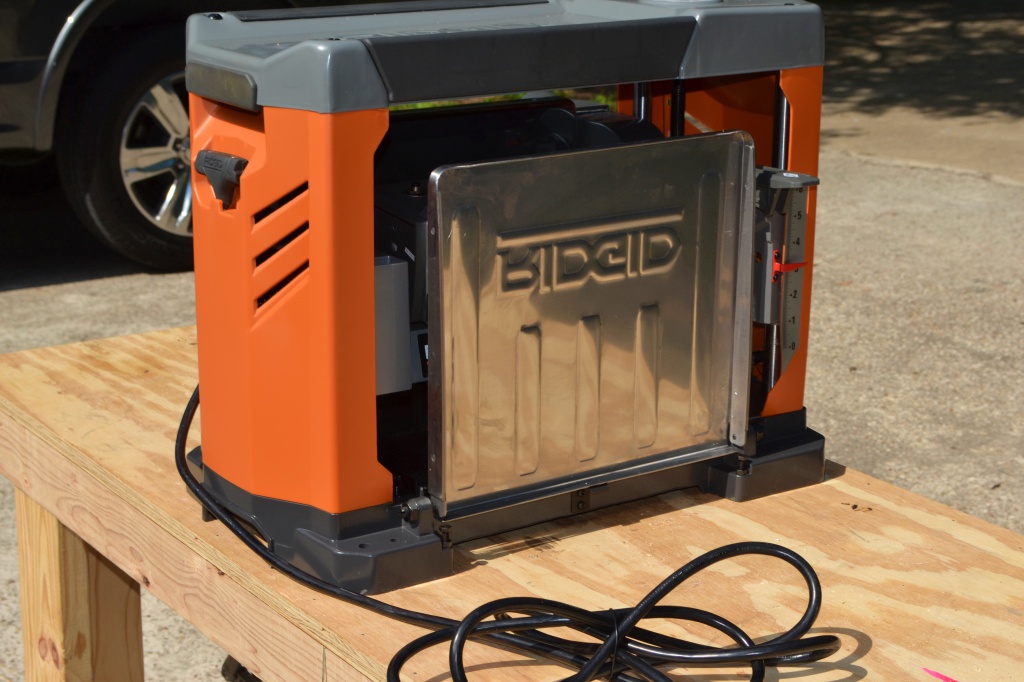
This is an excellent article as is the previous planer review. Great information on actually using a planer and explaining and correcting snipe.
Thank you Vicki! I appreciate the kind words!
My Makita’s manual explicitly instructs you to angle the folding table wings very slightly out of level and I’ve found that it works pretty well as long as I’m careful in how I introduce the board to that first roller. It’s difficult to articulate, but after doing a few hundred board feet of sapele in it, I can now tell by feel whether or not it’s going to snipe on me and I very rarely have significant issues anymore.
I am glad you’ve had good luck with your Makita model! I definitely think tools like this in general, have a bit of a learning curve. Once you’ve gotten through the early phase you can gain a lot of insight into how to prevent, and instincts definitely play in too. I feel like I can always tell when I will have an issue or not now. Thank you for your comment, we love hearing from our readers!
The best advice I’ve read so far was “cut the snipe off” . . . Just as long as you remember to allow a couple of inches extra length when laying out your boards 🙂